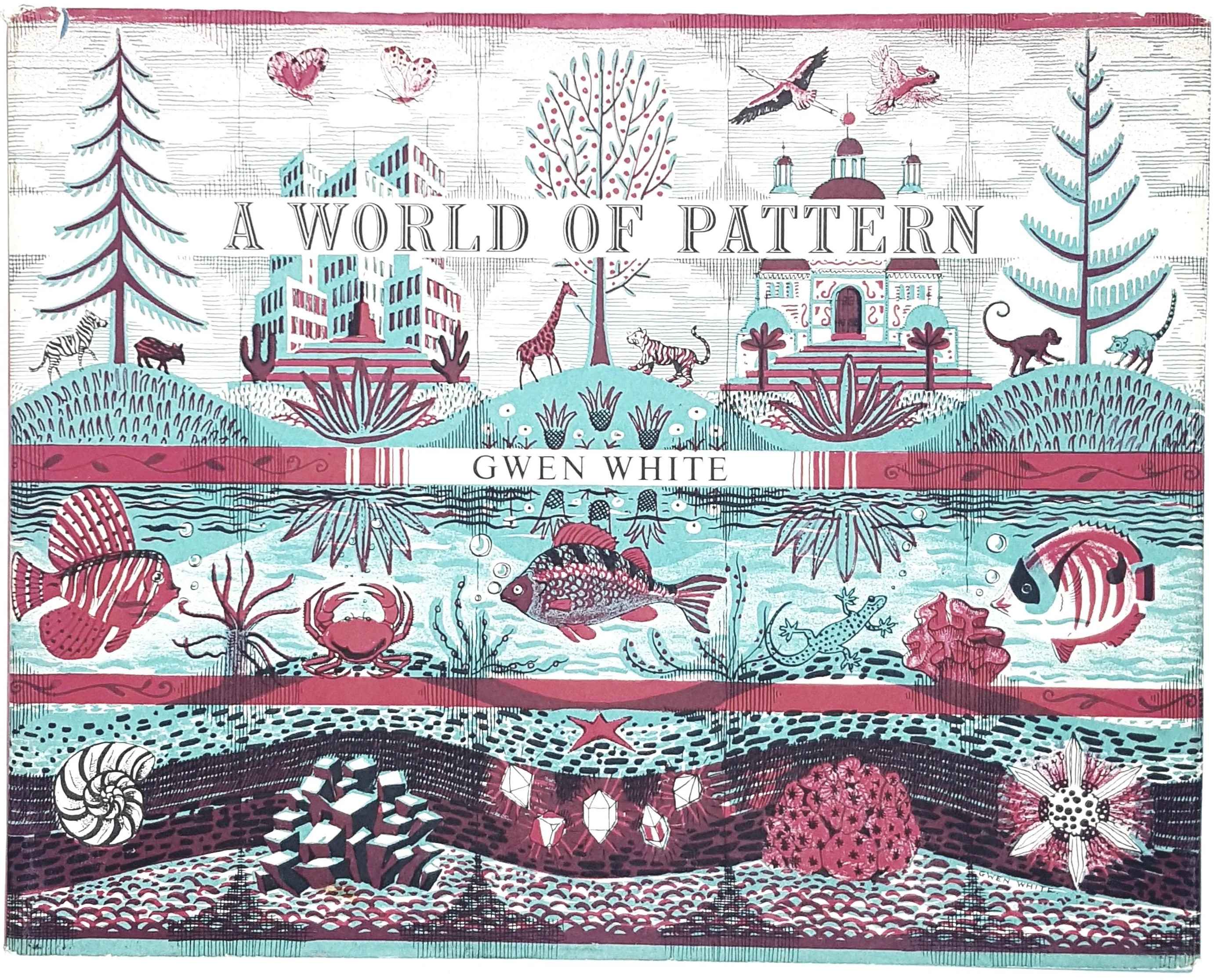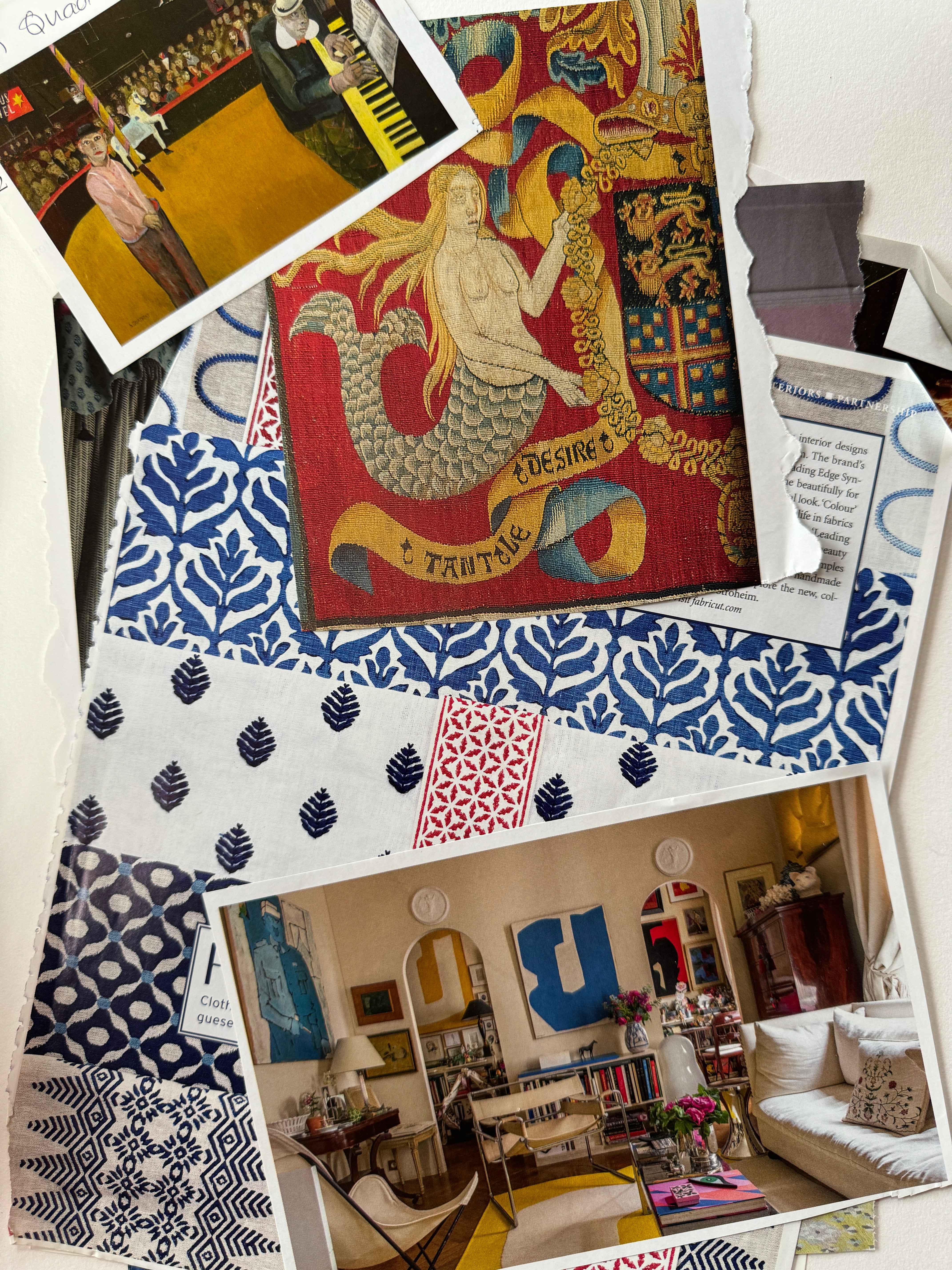
The Joy of Artists' Scrapbooks
Eppie’s mum, Joanna, has always been her biggest inspiration. From an early age, Eppie watched her mummaking scrapbooks, filling the pages with things that caught her eye. These beautiful scrapbooks were not just an incredible visual reference for Joanna to refer back to for inspiration in her own work, but would also have a huge impact on Eppie. It's because of these scrapbooks that Eppie continues to find the process of scrapbooking and collecting inspiration so fascinating.
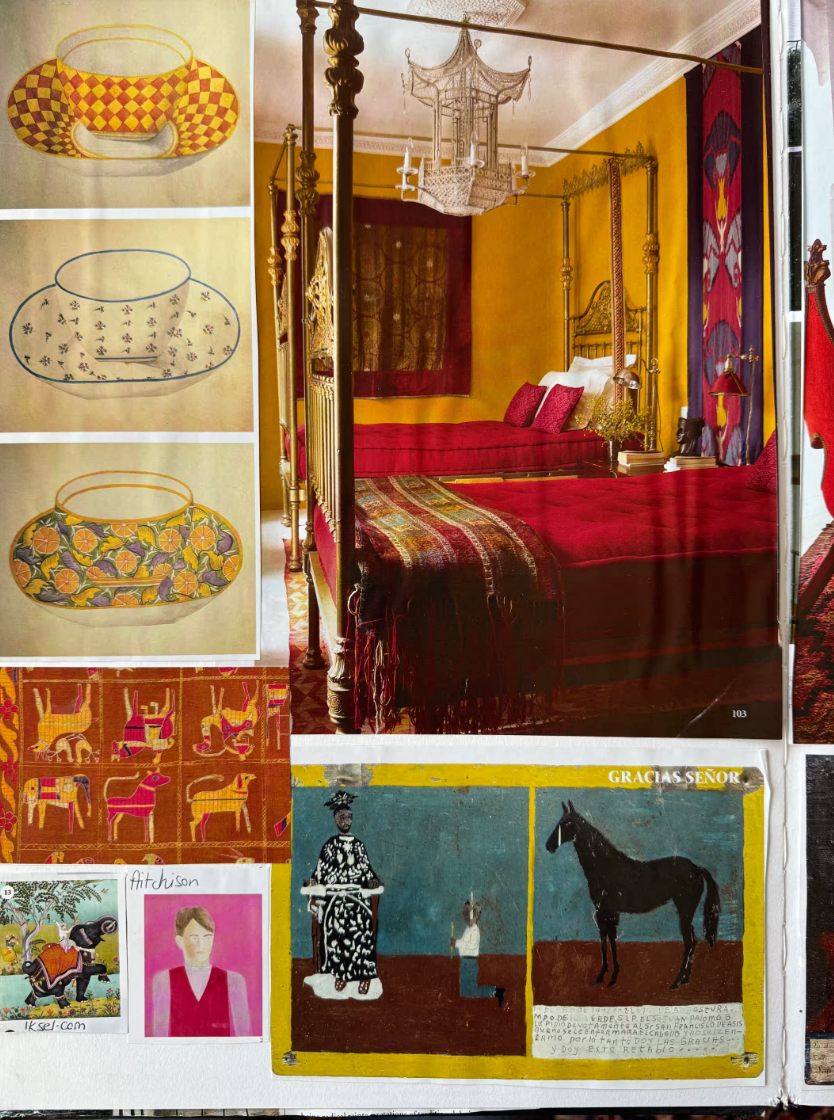
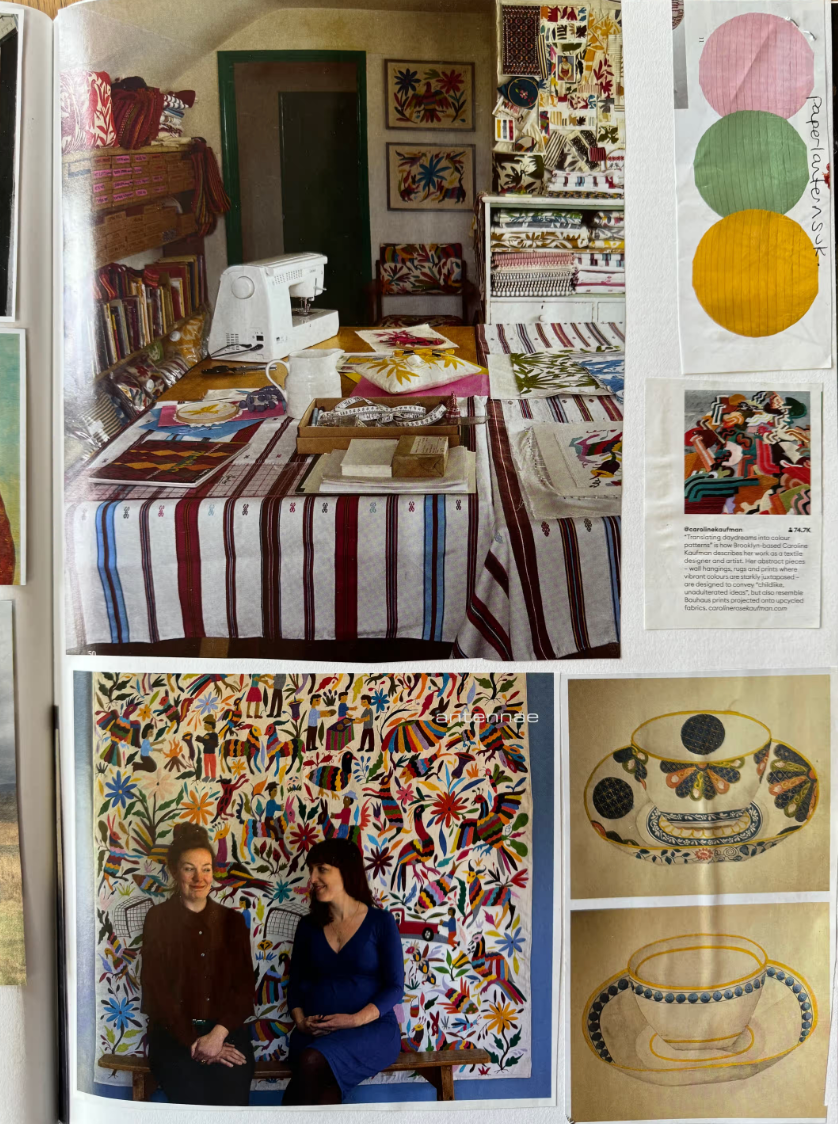
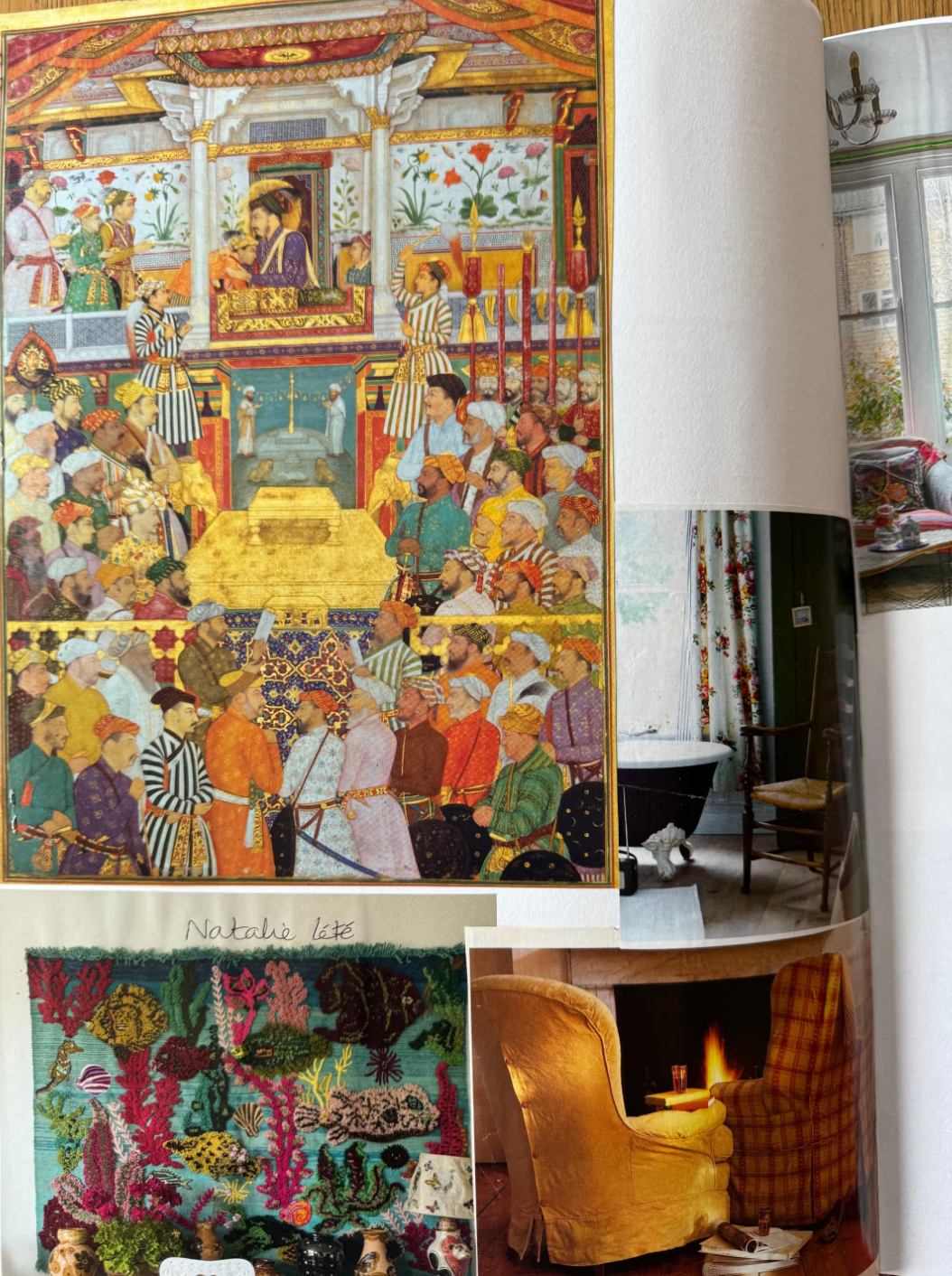
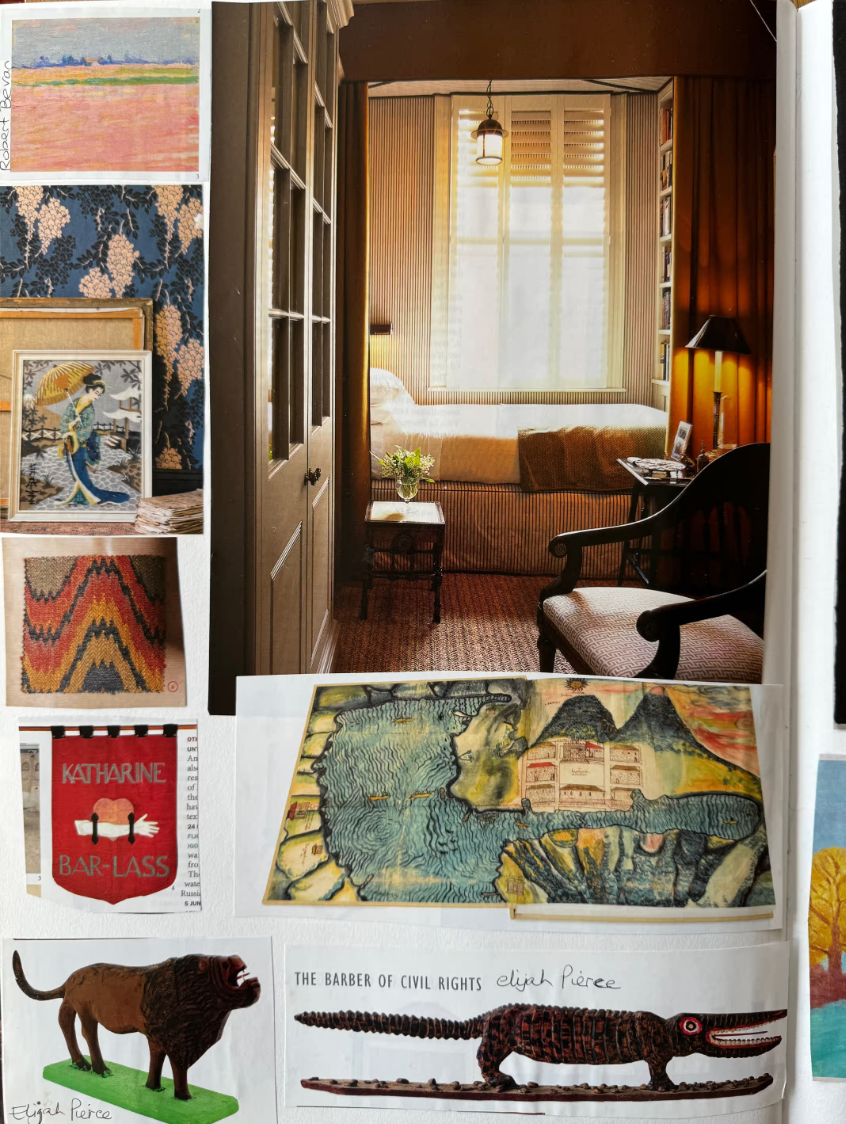
Many artists have kept scrapbooks over the years, using them as part of their creative process. There are lots of reasons that artists might make scrapbooks, such as for inspiration, like Eppie’s mum does, or for recording their process, keeping a kind of visual diary, or simply using it for experimentation and play. Artists’ scrapbooks are not just beautiful creations in their own right, but are also a fascinating insight into the artist’s mind.
Artists have all sorts of ways of gathering inspiration. It’s easy to feel inspired by a piece of art when you see it, and then forget all about it. But if you keep a record of the things you find inspiring, you can refer back to them whenever you’re unsure what to make next. If you struggle with where to look for inspiration, Eppie breaks down some of her tips on finding inspiration in this video.
By grouping things you like together, you can find a pattern of what sparks joy for you, and then this can help you to create a similar feeling of joy in your own work.
Several artists have used scrapbooks as a key part of their creative process, and every scrapbook is unique. There are tons of different ways you could approach creating one - while Eppie’s mum uses hers as an archive of images she finds beautiful and inspiring, other artists have used their scrapbooks as inspiration sources in a very different way.
There was a period in the 19th Century when scrapbooking was incredibly popular, with special albums being manufactured specifically to be used as scrapbooks. This means it comes as no surprise that several artists working around that time used scrapbooks, either simply for fun or as part of their creative practice.
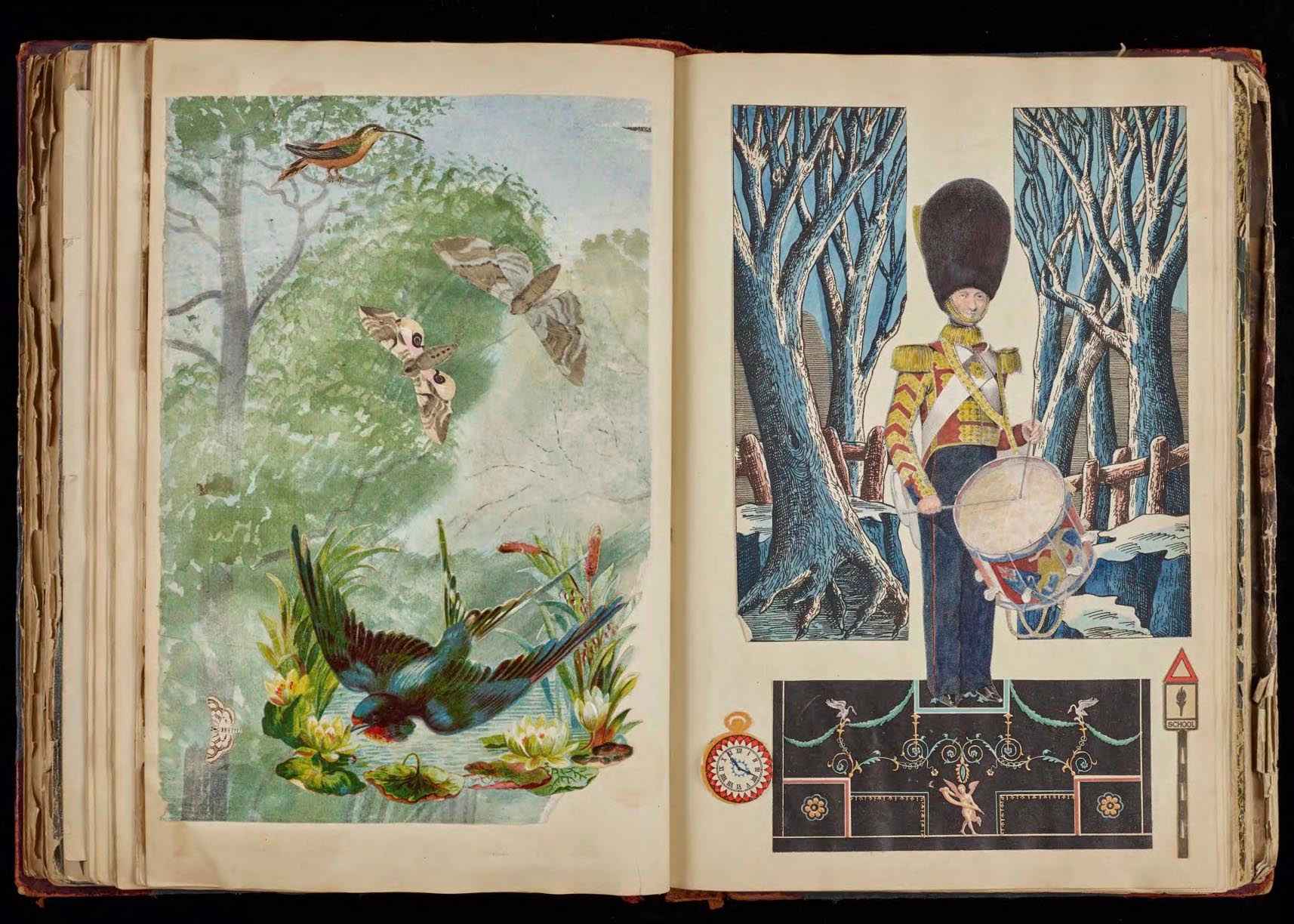
Tirzah Garwood (1908 – 1951) was an artist and printmaker, who began making marbled paper for books, and then turned to creating paintings in a naive style. She put together a stunning scrapbook for her children, made from illustrations, collage and memorabilia. While this scrapbook was intended for her children to enjoy as their own form of picture book, it was also a source of play and joy at a time in her life when she was ill. Some of the pages included her own artwork or were scenes she created from collaging together different images.
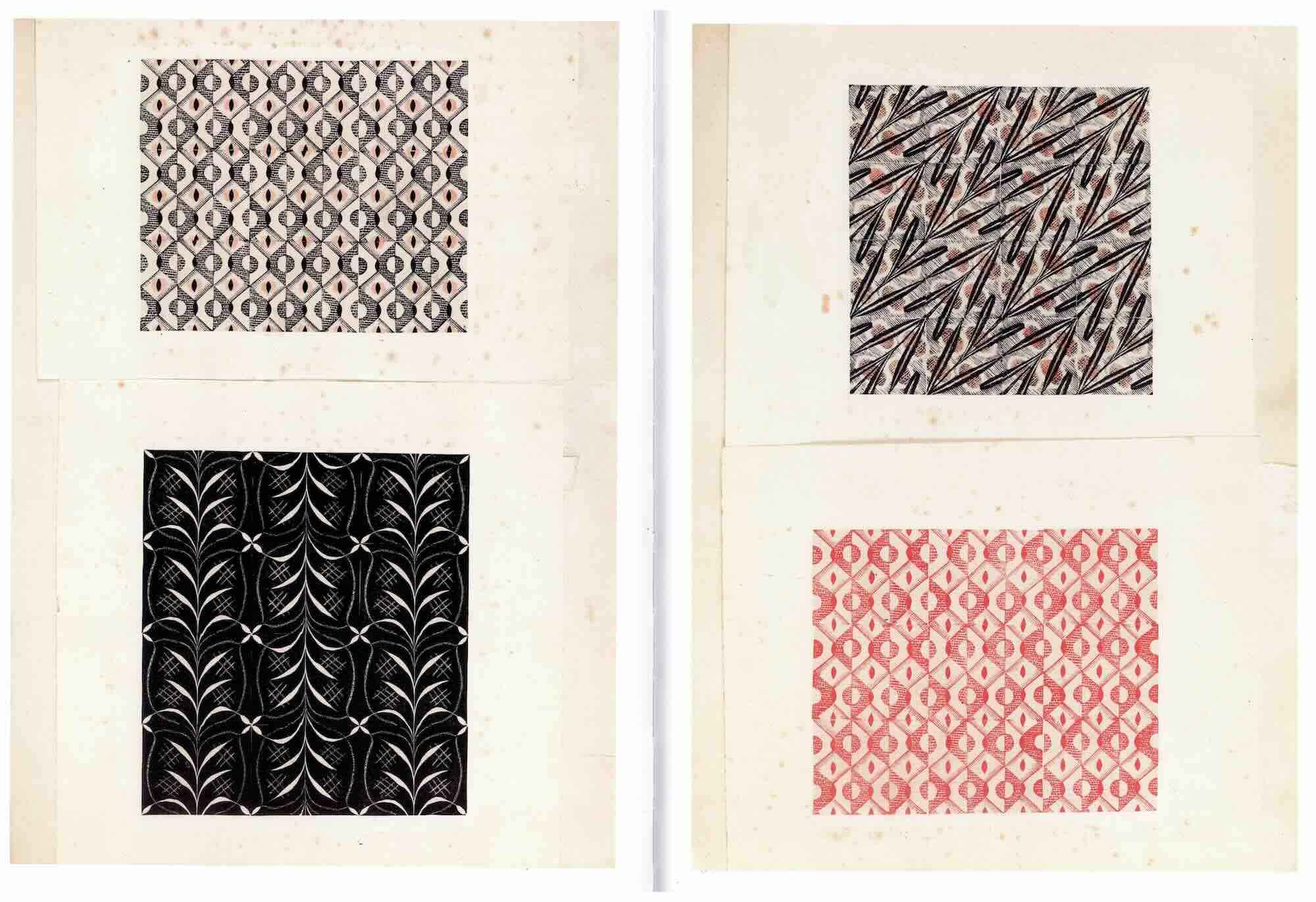
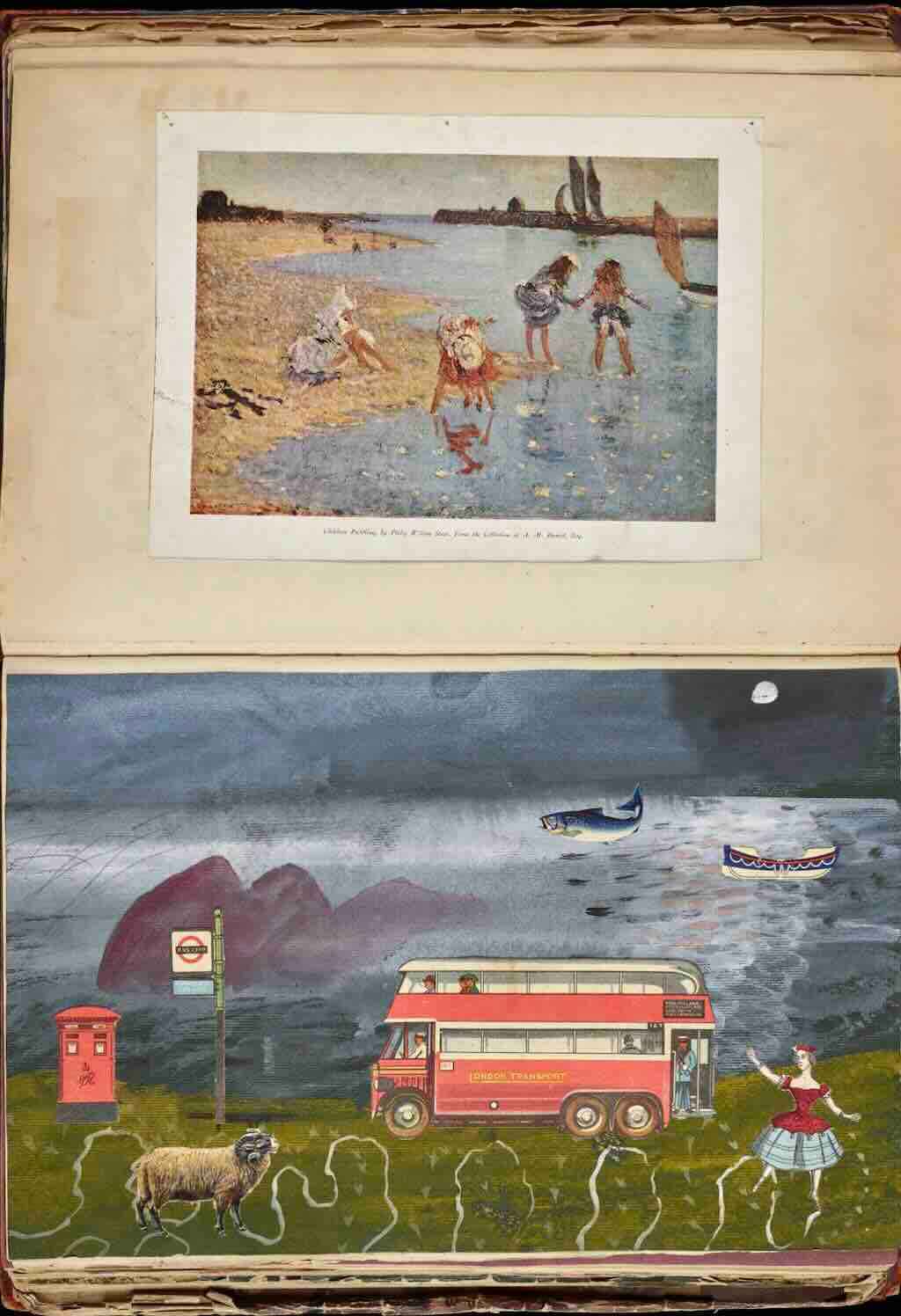
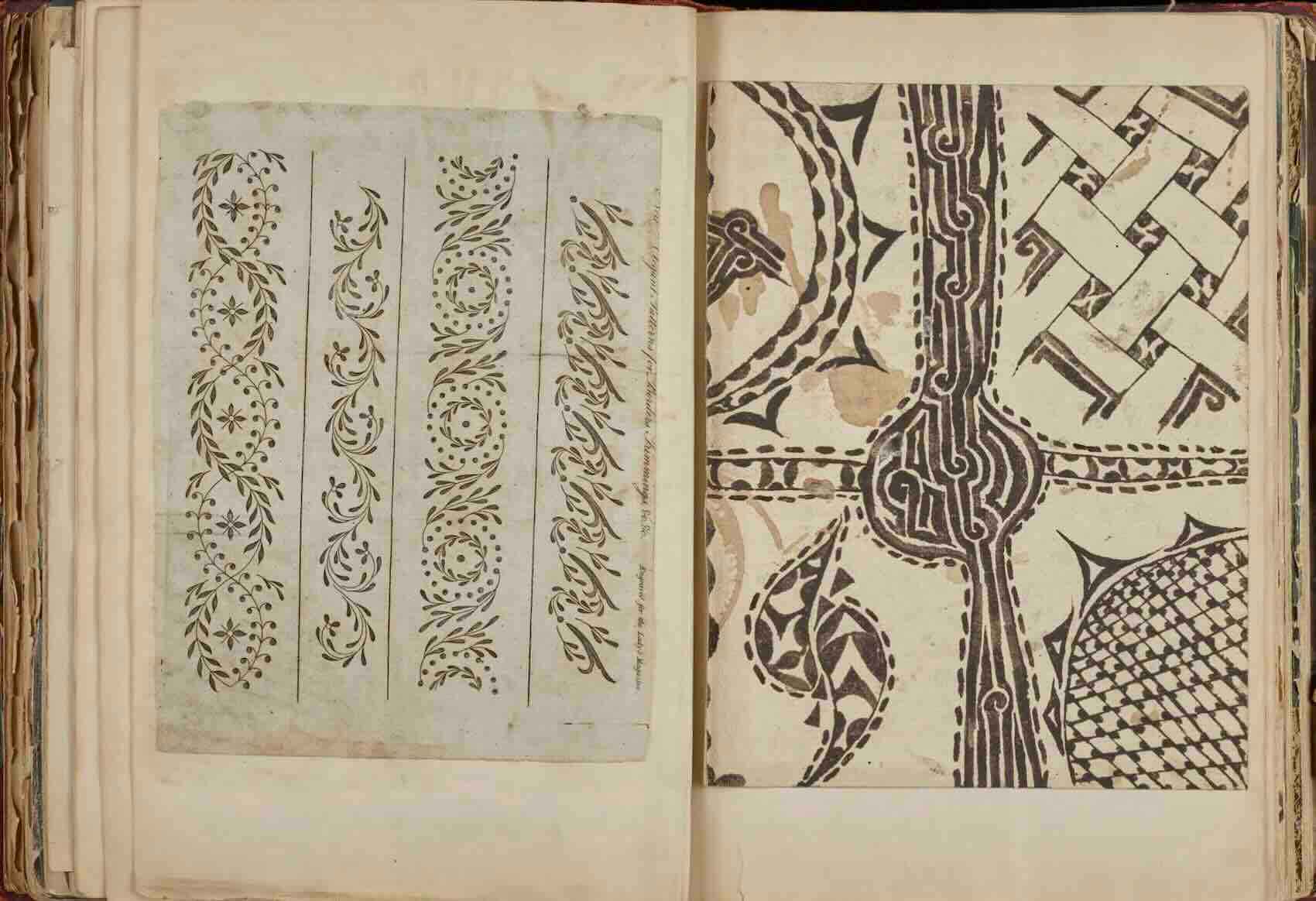
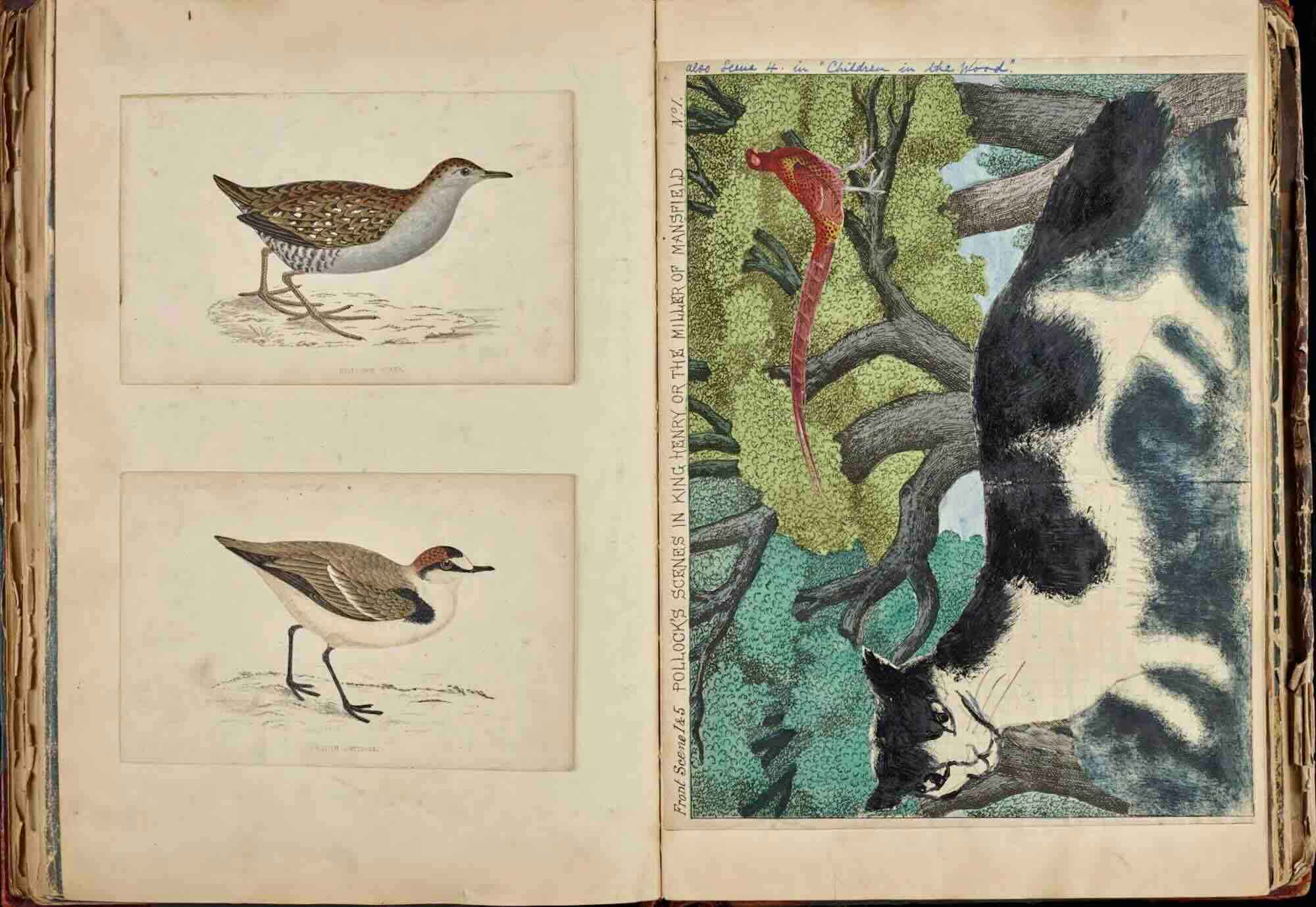
Explore Tirzah's Full Scrapbook Here
Tirzah Garwood’s husband, Eric Ravilious (1903-1942), was an avid scrapbooker. Ravilious kept several, different, roughly-themed scrapbooks, which he decided to entirely re-make in the 1930s, re-sticking and organising the images from their original scrapbooks, as well as culling a lot of the pieces he had first collected. After re-making the scrapbooks, he included far fewer letters and work by other artists. The only book of letters he kept was the combined scrapbook that he and Tirzah made, with all the cards they received from friends and family. Besides this book and the one made as a kind of love letter for Helen Binyan, with whom Ravilious had an affair, Ravilious’ scrapbooks were a catalogue of his creative process.

While Ravilious didn’t note the reason for his groupings, we can assume that some of the pages would be used for inspiration or reference (such as the pages of collected photos, below). Other scrapbooks contained his preparatory sketches for wood engravings. These scrapbooks weren't sketchbooks, but contained his sketches from other places, torn out and purposefully stuck down in particular groupings, some of which are clear and some less so. It’s quite fascinating trying to work out the reasoning behind certain groupings.
Four of Ravilious’s scrapbooks are held by the Fry Art Gallery in Saffron Walden. His scrapbooks have also been compiled into a book by Skipwith and Webb, which I highly recommend (you can buy the book here).


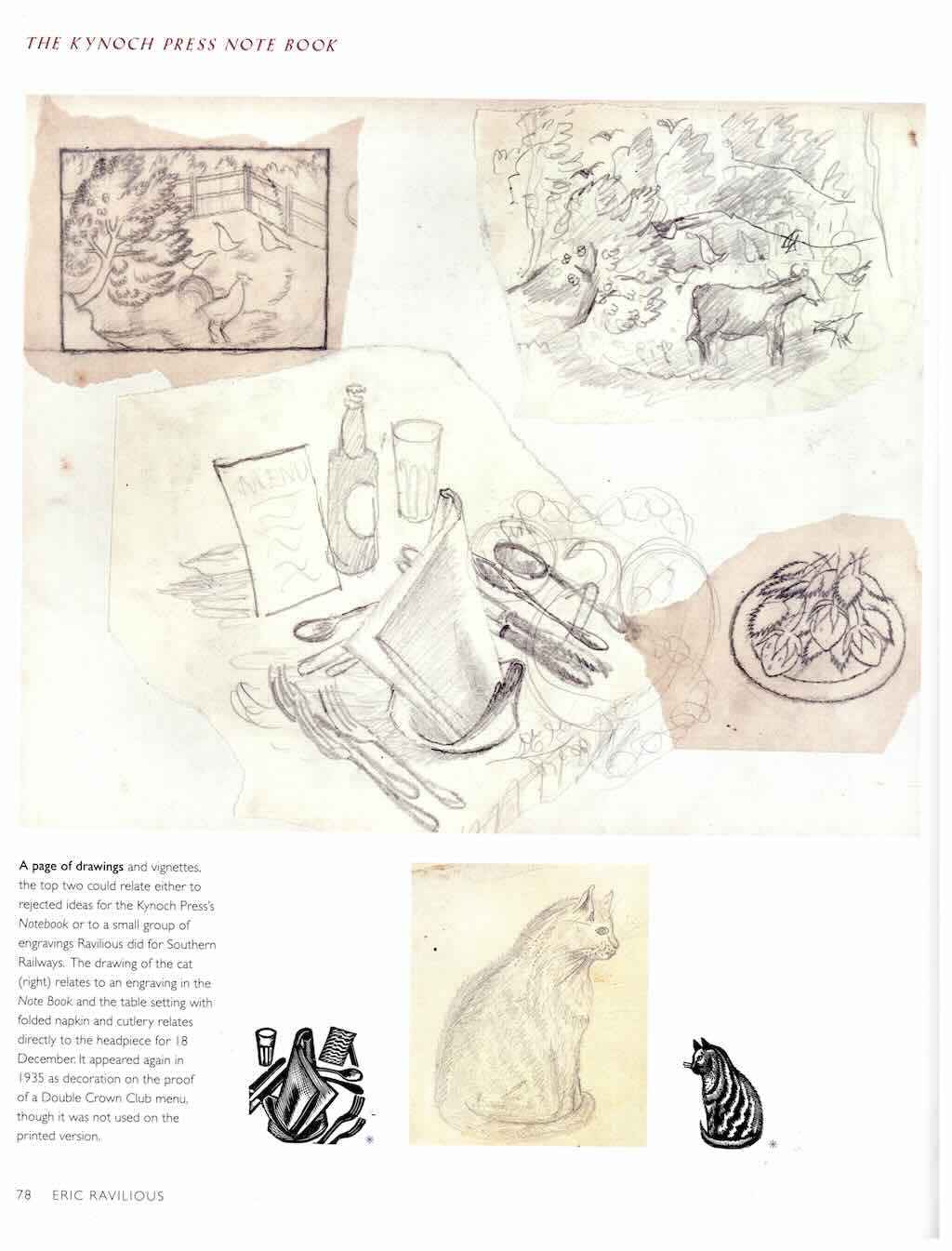
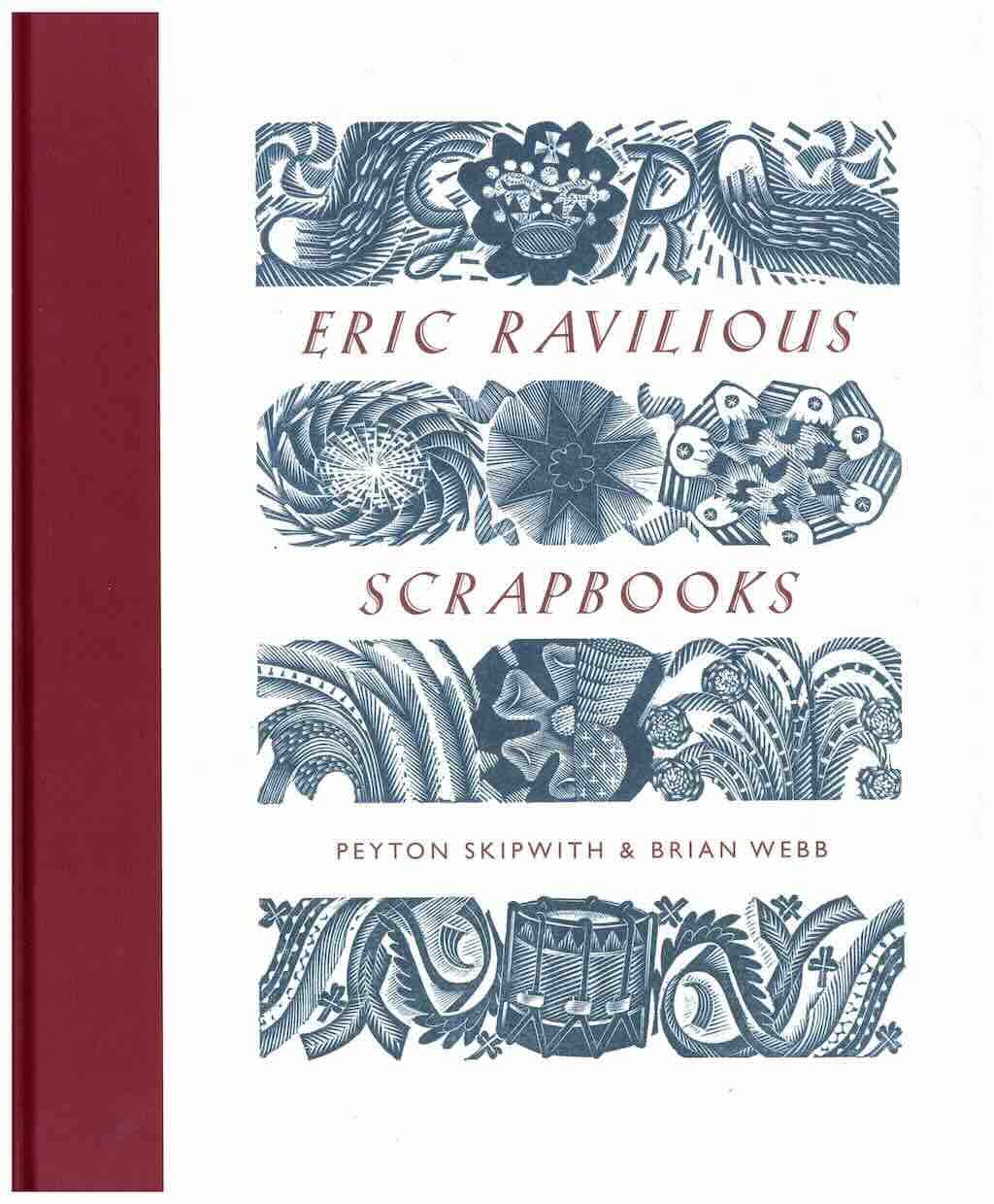
Some artists created scrapbooks as a kind of visual diary rather than to inspire or document their creative process. These are inspiring in their own way, since the artists are creating their own archive. They see art and beauty all around - in letters, posters and packaging - and they collect it all like magpies.
Garwood and Ravilious were part of the Great Barfield group - a collective of artists living in Essex between the 1930s and the 1970s. Amongst this group was the artist Edward Bawden (1903 – 1989), whom Ravilious first met at university. His scrapbooks have far fewer drawings than Ravilious’, and include letters, invitations, telegrams, friends’ drawings, photographs, sweet wrappers, train tickets, newspaper clippings... really anything that drew his eye.

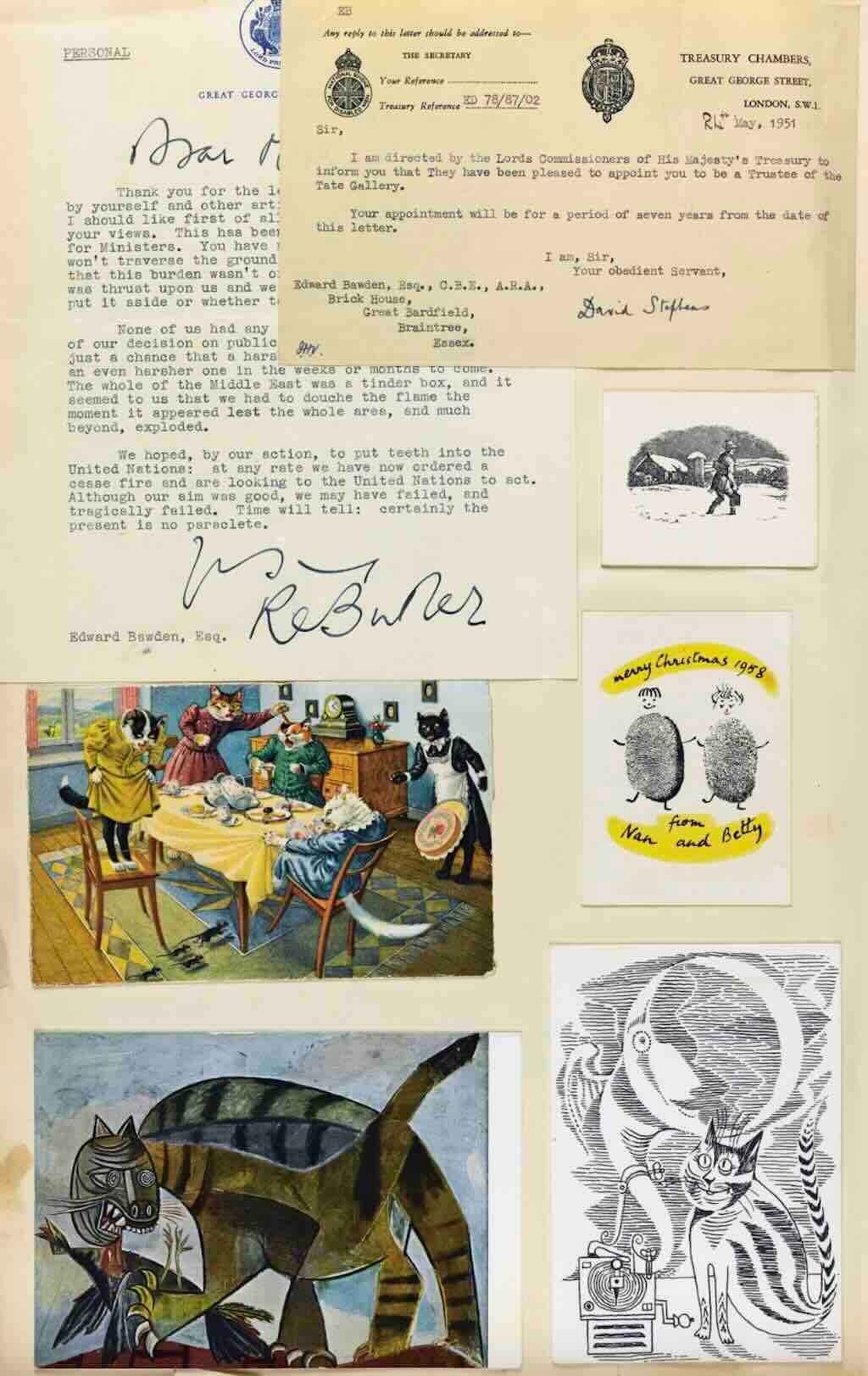
Bawden’s scrapbooks are currently on display at the Fry Art Gallery, and Skipwith and Webb have also written a book about his scrapbooks.
We discuss Bawden's lasting impact in our video on Finding Inspiration in Illustration.
Marianne Straub (1909 – 1994) is another Great Barfield artist, whose scrapbooks were mostly made up of art by her friends. Straub herself was a textile designer, producing designs for London Transport, which would be used on the seat fabric of the buses and some underground lines in the 1970s. Straub’s scrapbooks are also exhibited at the Fry Art Gallery.
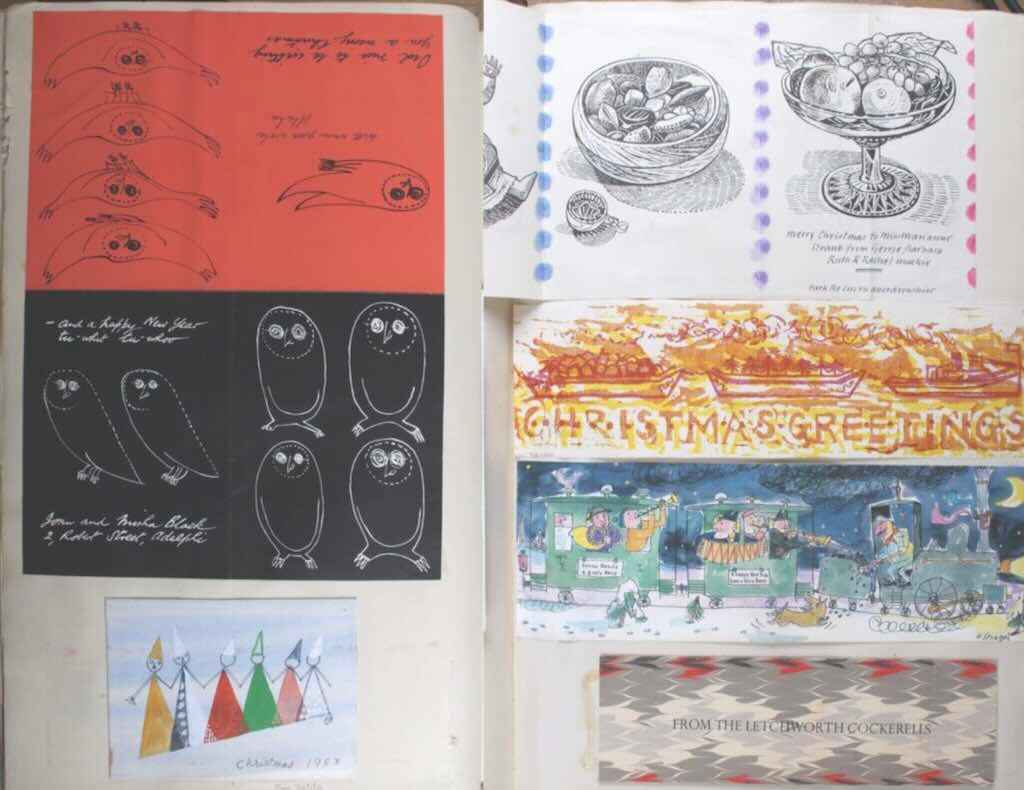
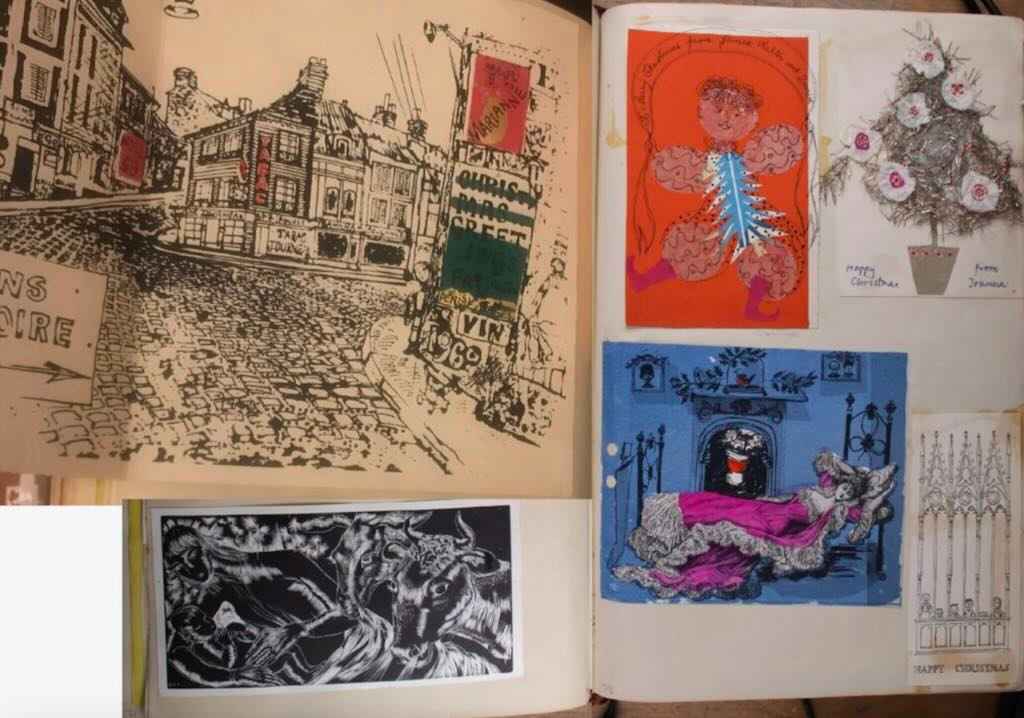
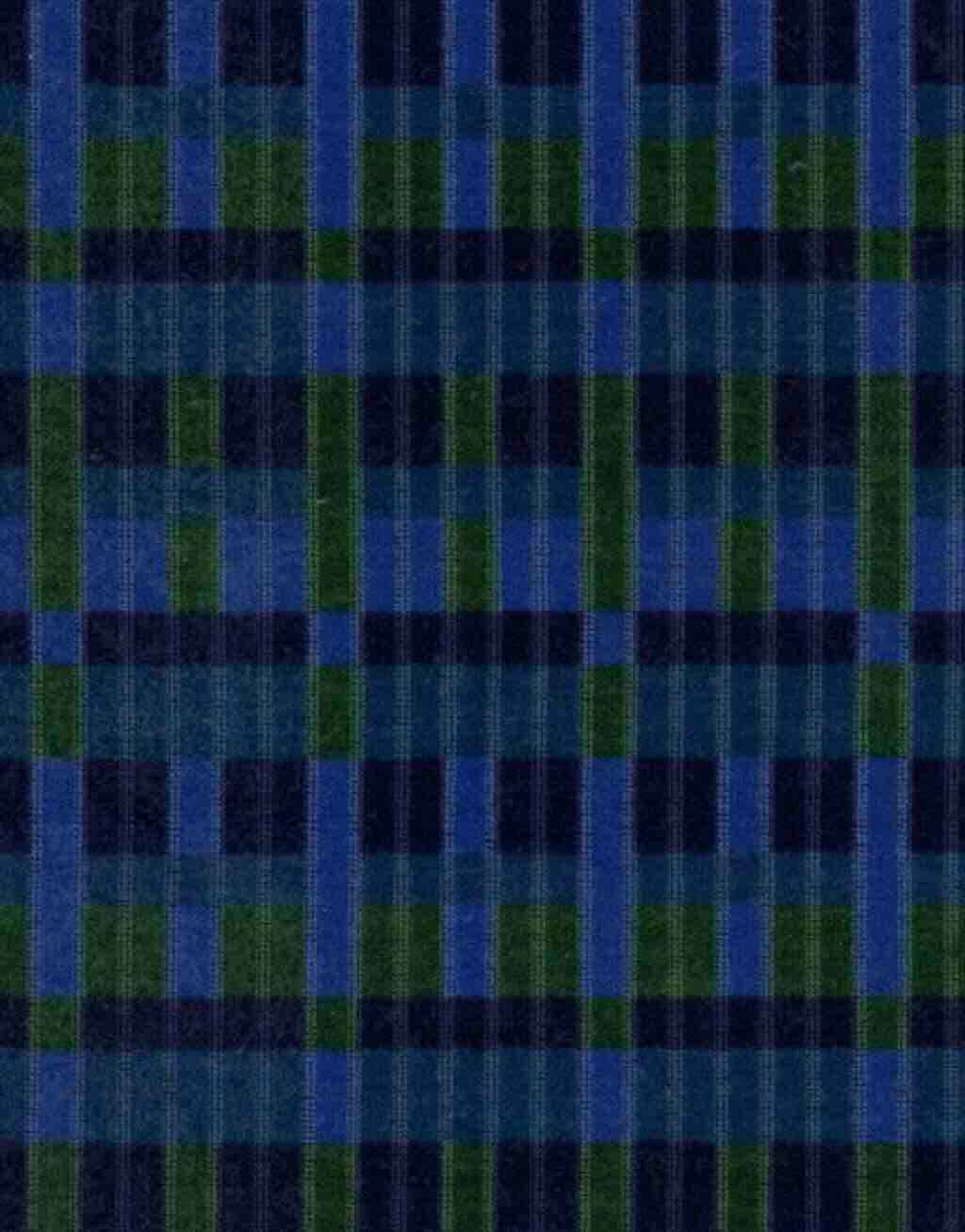
Straub and Bawden’s scrapbooks generally feel more like time capsules than tools for their creative work. They’re more like loving collections or diaries, and they really show the diversity of what a scrapbook can be.
There’s something quite amazing about scrapbooks, about seeing how different images (and often words) have been gathered together and purposefully arranged into something new.
Unlike digital mood boards on apps like Pinterest or Instagram, scrapbooks are physical objects, making up a much more personal archive than one that can easily be influenced by an algorithm. If you take your inspiration from online platforms, you’ll be seeing the same images that everyone else will have on their feeds, which can leave you open to following brief trends rather than your own tastes. Having physical pages of art curated by you creates an incredibly personal collection of inspiring images that really reflects your own taste and can help you find your own creative voice.
It can also be nice to take a slower, more deliberate approach to considering your inspiration sources. As you physically cut out and glue down your images, you can take the time to think through what it is that drew you to them - what colours, what mark-making, and how you might re-create something of that in your own work.
While scrapbooks are such playful, beautiful objects, as creative tools they can be a little restrictive. One of the key issues with using scrapbooks as an inspiration source is that you can’t shuffle the images around in the same way that you could if the images were on loose sheets of paper. Arranging your inspiration images in different orders can be a really useful way to create unexpected results, triggering new ideas rather than committing to gluing down the images in one permanent order.
This is exactly why Eppie mostly doesn’t use scrapbooks (or even sketchbooks), preferring to keep loose sheets of paper and compile these in a folder or an ‘inspiration box’, which she can dip into or shuffle around whenever she’s feeling in need of inspiration. Many artists take a similar approach, with Francis Bacon for example covering his studio with his inspiration sheets. There's a lovely quote by Bacon:
'I feel at home here in this chaos because the chaos suggests images to me'
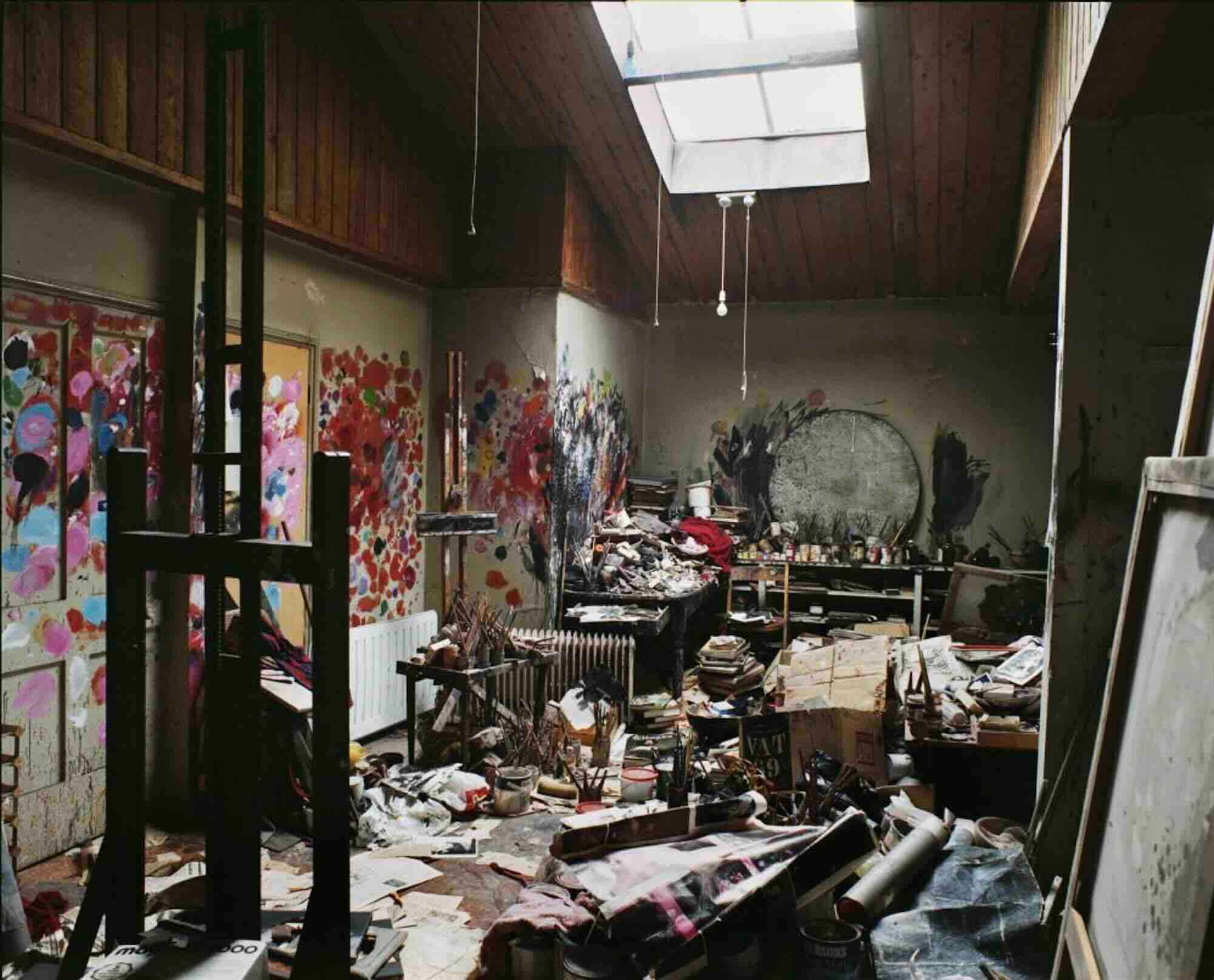
Of course, in the end it comes down to personal taste. Some people might prefer the neatness of scrapbooks to store inspiration compared to loose sheets of paper. Either way, the physicality of scrapbooks and inspiration boxes offers a refreshingly personal approach to gathering inspiration and observing the world.



